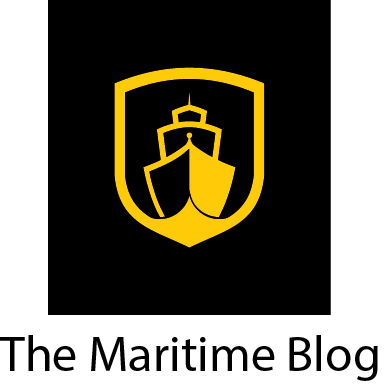search the site
Gautam Adani’s Global Container Port Ambitions Begins to Take Shape

Published on April 3rd, 2017
Gautam Adani’s Global Container Port Ambitions Begins to Take Shape
The global strategy of Adani Ports and Special Economic Zone Ltd (APSEZ), the port operating unit of Adani Group, is slowly taking shape with the signing of a memorandum of understanding (MoU) with a Malaysian firm on Monday to start feasibility study on building a greenfield multi-purpose port, potentially as a container transhipment hub, at Carey Island in Malaysia’s Selangor state, as an extension of Port Klang.
The move comes as APSEZ is progressing fast with the construction of a greenfield container transhipment port on India’s southern-most tip at Vizhinjam near Thiruvananthapuram in Kerala with a capacity to handle 3 million TEUs in three phases, starting with One million TEUs in Phase 1.
While Vizhinjam is being developed to wean away containers, mostly originating from and destined for India’s southern region and currently transhipped through Colombo Port entailing extra time and costs for Indian shippers, the Corey Island Port Project as an extension of Port Klang which is ranked No 11 among the world’s top container ports, could be the perfect foil for billionaire Gautam Adani’s global ambitions in container port business.
India’s shippers also rely on Port Klang to send and receive containers.
Both Vizhinjam in Kerala and Selangor where Port Klang is located, lie on the international east-west trade route which account for 80 per cent share of India’s current container transhipment cargo and most of East Asia’s trade with Europe. Top container carries such as Maersk Line, MSC and CMA-CGM ply on this route.
“Our strategy is to look at Bangladesh, Myanmar, South East Asia, Indonesia, Malaysia region where we can tie-up with our ports in India. For transhipment, I’ll make a hub in South East Asia and then give an option to lines to use Vizhinjam as well. So, if container lines want to go from China to Europe, you can use Vizhinjam and/or you can use the port in South East Asia. That is how we are looking at it. When we go international, it has to link somehow to our ports in India, it should not stand alone,” Karan Adani, son of Gautam Adani, told this reporter while outlining APSEZ’s global strategy after taking over as the chief executive officer of APSEZ last year.
“It may not make sense for us to go and buy a port in the United States or in northern Europe. Because, the advantage of having ports in India is to make these ports as hubs. I may not be able to do that going into US or north Europe,” Karan Adani said at the time.
Deep draft and minimum deviation from the main sailing route are key determinants for building a container transhipment hub. The hourly cost of a 15,000 TEU-capacity vessel is about $16,000.
Colombo is only an hour’s deviation (19 nautical miles) from the bust Suez route. Vizhinjam has a natural draft of 18.2 metres and is 10 nautical miles from the main shipping lane and the deviation takes 0.02 days.
Besides, Vizhinjam can tap into the cabotage relaxation granted by the shipping ministry in March 2016 for transportation of export-import (EXIM) loaded and empty containers on foreign containers ships on local routes for aggregation of containers to facilitate/promote transhipment.
The container port seeking cabotage relaxation for transshipment port will have to achieve transshipment of 50% or more of the EXIM and empty containers handled in the first year, according to the cabotage relaxation policy finalized by the shipping ministry on 7 March 2016.
“New transshipment ports will have a gestation period of one year and shall have to achieve the stipulated transshipment traffic of 50% of the container traffic handled in the second year. If the container port is able to achieve transshipment traffic of 50% of the containers handled, the cabotage relaxation for such container port will continue.
Inability of the port to transship at least 50% of the containers handled in a year shall result in revocation of the relaxation. The port whose relaxation is revoked shall not be considered for cabotage relaxation for the next three years,” the ministry said.
The MoU for undertaking the feasibility study on developing a mega container handling port on Carey Island was signed between APSEZ and MMC Port Holdings Sdn Bhd, a wholly-owned unit of MMC Corporation Berhad (MMC), one of Malaysia’s top utilities and infrastructure group with diversified businesses ranging from ports and logistics, energy and utilities and engineering and construction.
APSEZ also signed a second MoU with MMC Port Holdings and Sime Darby Property Berhad to study the feasibility of developing an integrated maritime city on Carey Island to support the proposed new port.
Both the MoUs were signed in the presence of visiting Malaysian prime minister Najib Razak in New Delhi on Monday.
APSEZ is India’s biggest private port developer, running facilities at Mundra, Hazira, Dahej, Kandla, Mormugao, Visakhapatnam, Kattupalli and Dhamra. It will soon start operations of a container terminal in Kamarajar port.
Source: India Tradeways


















